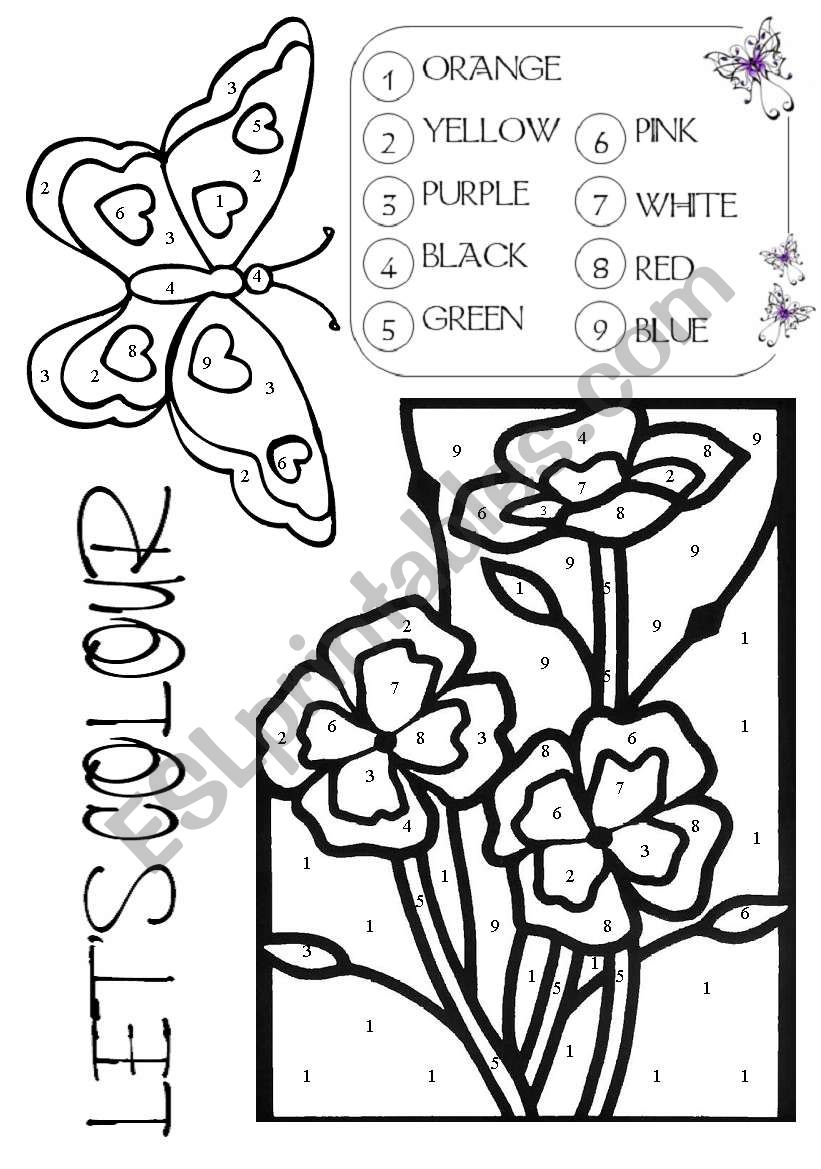

At F2 generation, it, then, shows a ratio of 1:2:1 phenotype in which the two are intermediate traits and others are either dominant and recessive traits.

After the combination of homozygous alleles (F1 generation), the heterozygote will have the intermediate trait. The situation in which the phenotype of the heterozygote is clearly manifested is a cross between two homozygous phenotypes.

In other words, the trait is neither dominant nor recessive. Moreover, some definitions show incomplete dominance in which the new offspring has a specific trait in less intensity than the dominant trait among the paired alleles. Whereas, several definitions define incomplete dominance as a phenomenon in which the heterozygote produced possesses an intermediate trait between the two homozygous traits. The incomplete dominance is referred to as intermediate inheritance in terms of trait expression, and none of the alleles from the paired alleles expressed over the other for a specific trait.Īccording to some definitions, there are several assumptions about incomplete dominance an incomplete dominance occurs due to the combination of parent alleles, both dominant and recessive.The formation of a third phenotype specifically with traits that results from the combination of parent alleles is known as incomplete dominance or.The intermediate trait appearance in between the phenotypes of homozygous traits in the heterozygote is called incomplete dominance.For example, the pink color of flowers (such as snapdragons or four o’clock flowers), the shape of hairs, hand sizes, voice pitch in humans. The incomplete dominance is referred to as the dilution of the dominant allele with respect to the recessive allele, resulting in a new heterozygous phenotype.Incomplete dominance is defined differently as follows: Punnett square shows all the possible traits (genotypes) of the new offspring in graphical or table form after the crossing of homozygotes. The genotypic ratio is better understood through the Punnett square. The number of times of trait appearance in the offspring after crossing the genes or alleles of the specific trait identified through the genotypic ratio.Phenotype is determined by the genotype and refers to the organism’s appearance, characteristics, behavior, and development (physically observable features). A set of genes in an organism that is inherited by the offspring and that determines the offspring’s observable physical features is called the genotype.An organism that possesses two different alleles for a specific gene is described as heterozygous. An organism that possesses two same alleles for a specific gene and can truly breed for the allele is described as homozygous.Multiple alleles refer to the various alleles (two or more) for the same gene. The effect of an allele that is suppressed by the dominant allele and does not appear in the offspring is referred to as a recessive allele. The allele that masks or suppresses other alleles and becomes prominent in the offspring is called a dominant allele. An organism consists of two alleles from each parent for one gene. An allele is a form, version, or set of gene expressions.To further understand the basic concept of incomplete dominance, some terms are defined briefly as follows: In incomplete dominance, the variants (alleles) are not expressed as dominant or recessive rather, the dominant allele is expressed in a reduced ratio. It is also referred to as partial dominance or intermediate inheritance. The phenomenon in which two true-breeding parents crossed to produce an intermediate offspring (also known as heterozygous) is called incomplete dominance. Compare: codominance, complete dominance. Incomplete dominance (biology definition): a lack of dominance in either of two different alleles in heterozygotes, so that the phenotype is intermediate between that of homozygotes for either of the two alleles.


 0 kommentar(er)
0 kommentar(er)
